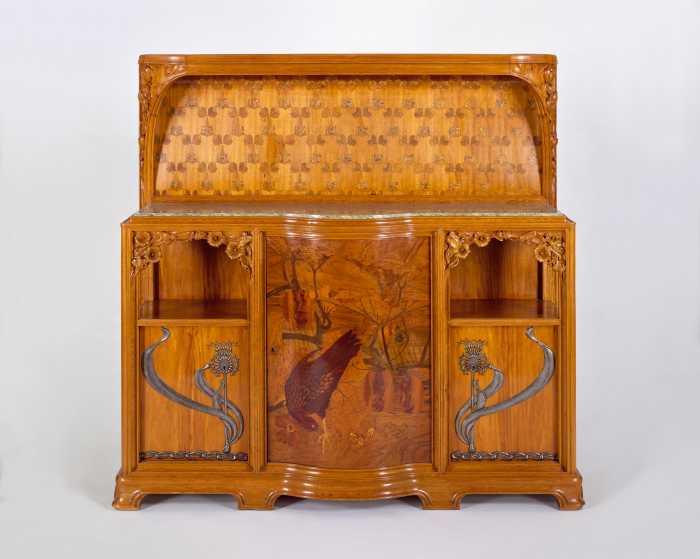
Courtyard at 111-29 66 Ave (#FDNY)
Oct. 13, 2017 By Tara Law
The Forest Hills man who died Tuesday after his second-floor apartment erupted in flames accidentally set off the fire by smoking in bed, FDNY officials said.
Ramon Rahim, 59, was in his second floor apartment at 111-29 66th Ave at about 10:20am on Tuesday when the fire broke out. According to the FDNY, he was smoking in bed near the front door of the apartment.
Neighbors spotted Rahim run out into the courtyard on fire. They tried to put him out with water, but he soon died.
Rahim’s nephew survived the fire after jumping from a window, according to an FDNY spokes person. Officials said that he had serious burns to his face and arms. He was taken to a local hospital, where he was treated for serious but not critical injuries. According to the NYPD, he is in stable condition.
Fire personnel discovered that there was a non-working smoke detector in the apartment.






